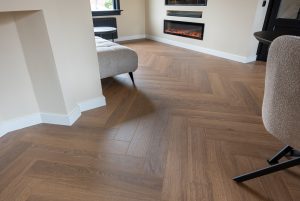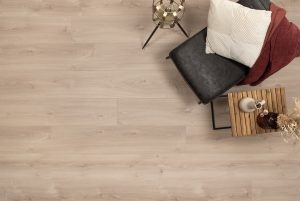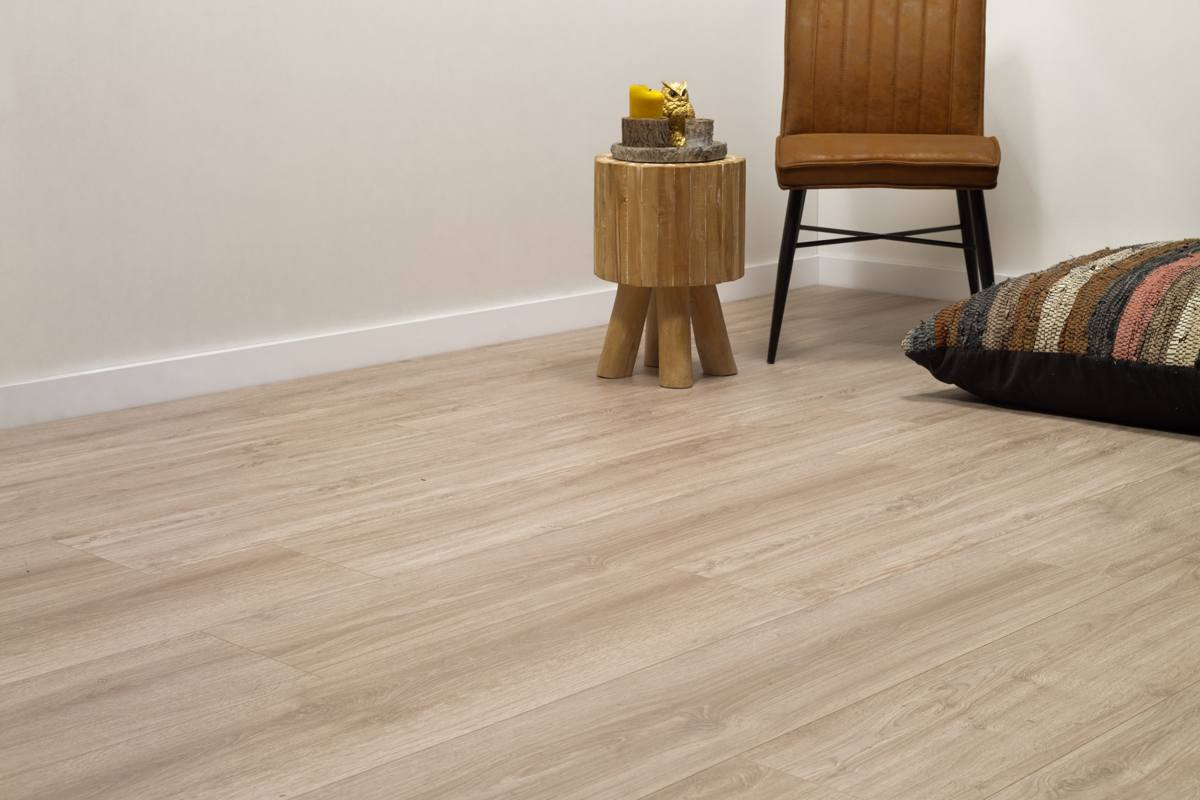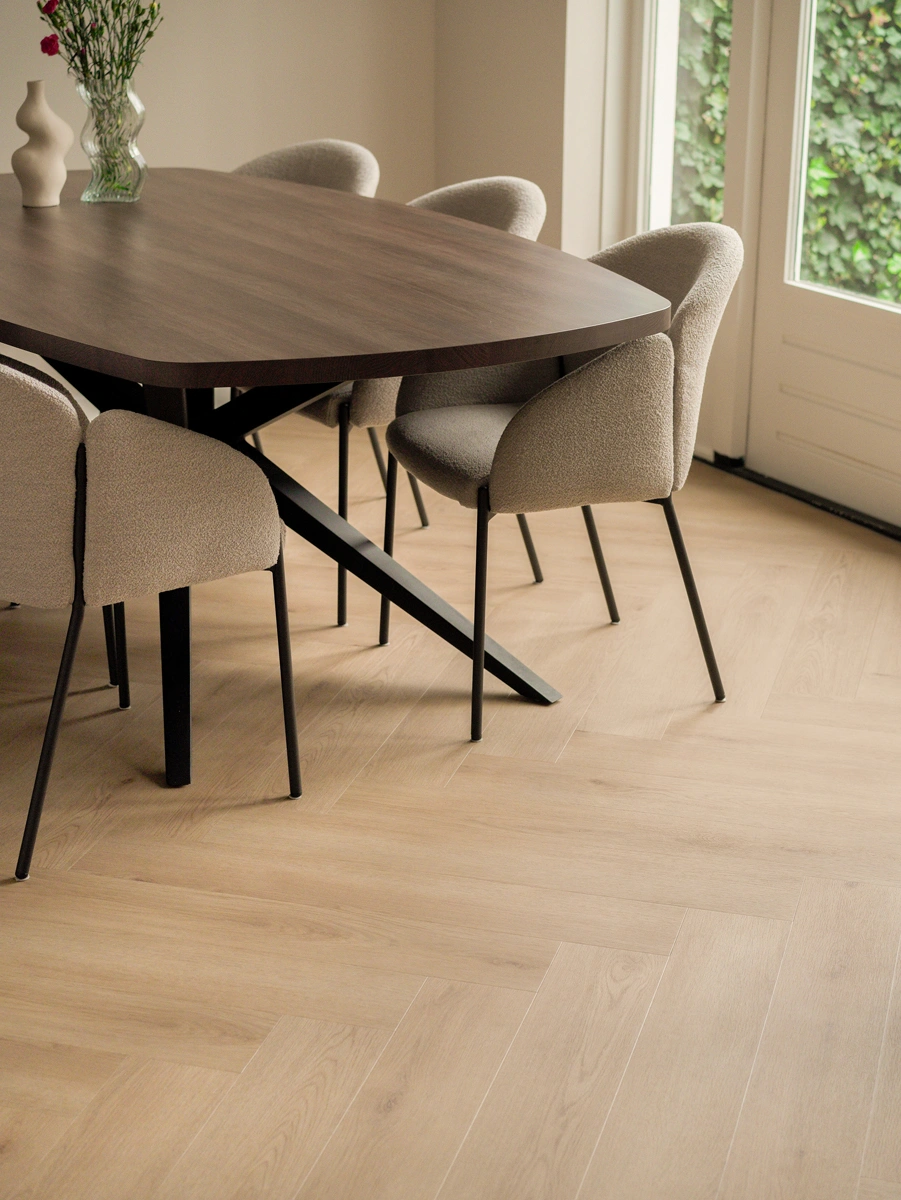Are you looking for a new floor and are overwhelmed by the variety of options? And what is the best choice? In winter, you of course want to sit underneath the Christmas tree with warm feet, but is that possible with the floor you have in mind? In this blog, we answer the burning question: is laminate suitable for underfloor heating?

What is underfloor heating?
Before we go into detail, it’s important to understand what exactly underfloor heating is. Underfloor heating is a heating system that is installed under the floor and heats the room in that way. There are different types of underfloor heating systems and installation options, such as water-based or electric systems and installations with milled or studded tiles. No matter what type of underfloor heating you have, it is important that the chosen floor transfers heat efficiently to ensure optimal heat conduction.
Thermal Conductivity
The efficiency of underfloor heating depends heavily on the thermal conductivity of the floor you choose. To determine whether your floor is suitable, check the thermal resistance. This should not exceed 0.15m²K/W. If the resistance is too high, the heat cannot pass through the floor effectively, so the heating system has to work harder to reach the desired temperature. This often leads to higher energy consumption, which of course nobody wants.

What is the thermal resistance of laminate?
There is no standard value for laminate: it depends on the type of flooring. The extra wide Country House Laminate, for example, has a thermal resistance of 0.07 m²K/W, while the Whalebone laminate flooring has a value of 0.0480.07 m²K/W. In this case, both floors are suitable for underfloor heating.
Does the thermal resistance increase with a underlay?
Yes, the thermal resistance increases if you use an underlay. It is therefore important to choose an underlay that is suitable for both laminate and underfloor heating. The Non-Contact Underlay, for example, has a thermal resistance of only 0,009 m²K/W.

Tips for laminate with underfloor heating
Before you lay your floor, it is important to be well-prepared. As the saying goes: a good start is half the battle. Regardless of whether you have underfloor heating or not, the floor should be acclimatized for 48 hours before installation. This is because laminate flooring can react to temperature fluctuations, which can then lead to shrinkage or expansion of the floor. For this reason, you should also not lay the laminate too close to the wall but allow sufficient free space. Another important point is to follow the heating protocol, which should be drawn up in advance. This ensures that the underfloor heating works properly and protects the floor is from damage. In short, laminate floors are suitable for underfloor heating but it is important to check both the thermal resistance of the floor and that of the underlay. A lower thermal resistance ensures the most efficient heat conduction. Are you still in the orientation phase and need more inspiration? Then take a look at the customers who came before you!






